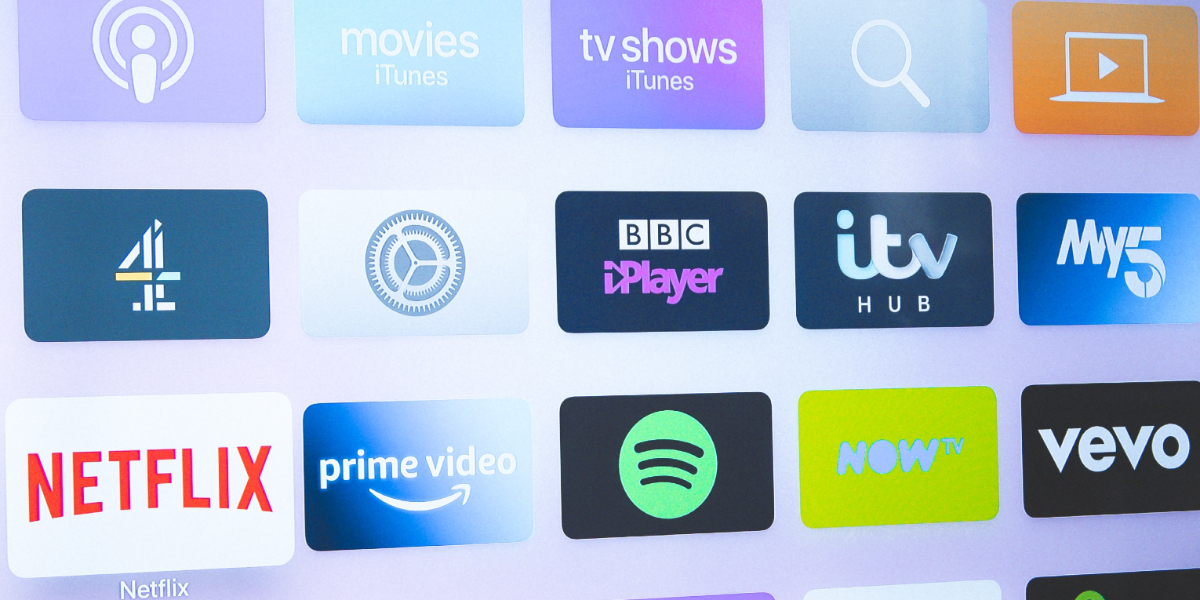The last time you passed an advert on a bus stop, did you stop to admire it? Chances are you did not – of all the reasons to visit a bus stop, “to look at an advert” is presumably low down the list, below such classics as “to catch a bus” and “it’s raining” – but even without close attention, you probably saw the advert anyway. The reasons for this apparent contradiction might best be illustrated by subliminal advertising.
Obey
The concept of subliminal advertising first entered the public consciousness in 1957, when market researcher James Vicary flashed the slogans “Drink Coca-Cola” and “Eat Popcorn” during a film, supposedly resulting in increased sales of both products at the cinema. The experiment was soon discredited when the theatre’s manager declared that it had never taken place.
Similarly spurious claims arose in the 1980s when heavy metal band Judas Priest were accused of hiding backwards messages in their lyrics, allegedly causing two young men to commit suicide. The case was dismissed after guitarist Glenn Tipton found that playing other parts of the album backwards produced such meaningless phrases as “Hey ma my chair’s broken” and “Give me a peppermint.”
But cutting through the fog of ‘50s paranoia and ‘80s Satanic Panic, there is a scientific basis governing the concept of subliminal advertising. Psychologist Robert Zajonc conducted a series of experiments in the 1960s, whereby images were flashed in front of people faster than they could consciously process them. The tests showed that people tend to prefer familiar stimuli, even if they have no recollection of seeing them.
“It’s called the mere-exposure effect,” explains Dr. Alastair Goode, cognitive scientist at immersive research company Gorilla in the Room, “and it’s the one thing that undermines this idea that you have to have high attention and high processing for advertising to work. You just don’t. You can literally grab a shot, grab a scene, grab a something, and it will have an effect on you.”
This is down to the Fluent Processing Model, the idea that the more easily we can process something, the more we tend to prefer it. “And fluent processing has a basis in these ideas of subliminality,” notes Goode. “What the brain is bad at doing is consciously mentally reconstructing a past experience. So what you have to do is give it some help.” When re-presented with that stimulus, “it goes into your head more easily, and the brain uses that as an indicator of past exposure.”
Consume
Adverts could therefore be more effective with less attention – that is without conscious awareness of having seen the ad. Zajonc’s subjects reported their preference faster for prompts they did not recognise than those shown at conscious levels. And Goode’s research into the impact of adverts watched at 30x fast-forward (a concern sparked by the invention of TiVo) found a 4-5 percent increase in brand recall.
Subliminal advertising then can be better understood as a degraded form of an advert – something perceivable but in such a way that can bypass our awareness. “I’d probably say that all adverts that are put out today, at some point are going to be processed subliminally,” observes Goode. “Living rooms are very busy places, there’s a lot going on. The ad is one of maybe five or six things going on at the same time.”
He uses the example of a Thinkbox study that monitored someone engaged in multiple activities while the TV was on, including texting, booking a stag do and carrying a conversation. “For about a second and a half he looked up at a stuffed-crust pizza advert, then carried on his conversation,” Goode recalls. “About a week or so later I played it back to him and he said, ‘I had a stuffed-crust pizza that weekend.’ That brief glimpse embedded in his head – and you can never prove it – but potentially enough to nudge him.”
Conform
That is why Dr. Byron Sharp, Director of the Ehrenberg-Bass Institute for Marketing Science, raised the bus stop example at a conference this summer, suggesting the advertising industry risks disappearing down an attention-shaped rabbit hole. He called the new attention metrics “the old engagement thing,” reigniting the debate between those who believe in getting as much attention as possible, and those who favour making the most of the fleeting attention they have.
“I’m sort of with Byron Sharp in the sense that it’s not about getting attention,” comments Goode. “It’s about the ads fitting in with people’s lives. I think there’s a lot of talk about how we have got to embrace attention metrics. I don’t think that’s the case.” Although knowing where someone is looking can help infer the likelihood of close attention, eye fixation and dwell times are unproven as indicators of high-level processing.
Attention measurement companies do attempt to bridge that subliminal divide, training their machine learning models to track “passive” as well as active attention. “Advertising can be registered subliminally, and we collect passive attention for that reason,” says Amplified Intelligence CEO Karen Nelson-Field. “On occasion people will choose a brand by only seeing the ad passively, but they won’t remember seeing it.”
According to Nelson-Field, the measurement firm has “proved that optimising for attention increases commercial outcomes” – a stark contrast to Sharp’s warning to advertisers getting “suckered in” to paying for more attention. “Most exposures are fleeting,” he told the Mi3-LinkedIn B2B Next Summit. “And that’s ok.” While watching an advert from start to finish will clearly have an impact, Goode argues that by relying on this increasingly unlikely scenario, “you’re not taking advantage of the real way in which ads are watched.”





